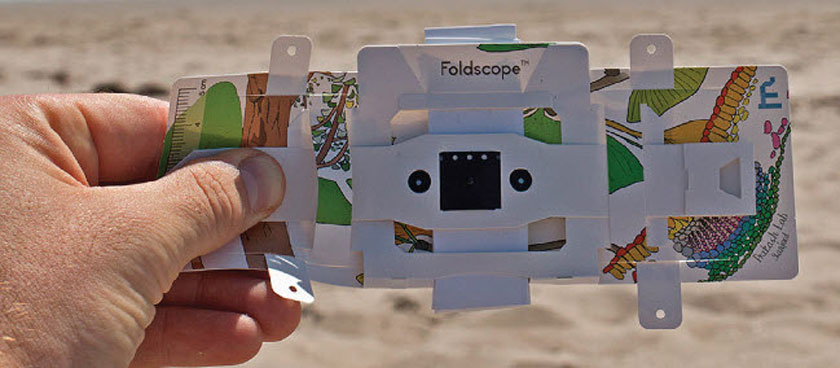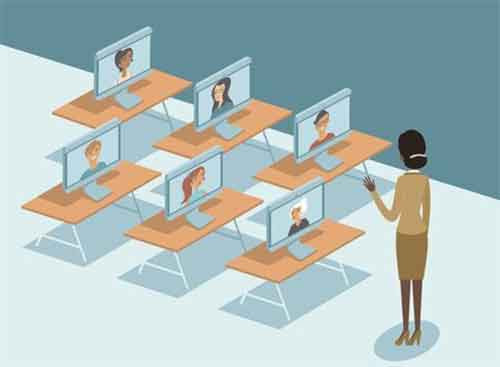In this article, we will demystify what innovation really is, explore its various forms beyond technology, and explain why it’s essential to understand this broader perspective—especially if you’re a business owner, entrepreneur, student, or simply someone eager to make an impact.
A. Defining Innovation in Practical Terms
Many people define innovation as the act of creating something completely new. While this may be partly true, a more comprehensive definition is:
Innovation is the process of improving or creating solutions that add value, efficiency, or effectiveness—regardless of whether the tool used is new or old.
Innovation can involve:
Introducing a new method of doing something
Enhancing an existing product or service
Reimagining processes to deliver faster results
Making something more accessible or affordable
This means that innovation doesn’t necessarily require bleeding-edge technology. It could mean using existing tools in smarter ways or adopting ideas from other industries.
B. The Three Dimensions of Innovation
Innovation can be understood through three broad categories:
1. Product Innovation
This is the most familiar form and includes:
Developing new products
Adding new features to existing products
Redesigning a product for usability or cost-effectiveness
Example: Think of the shift from traditional landlines to mobile phones. Now, smartphones combine internet browsing, cameras, and communication in one device.
2. Process Innovation
This type refers to optimizing how something is done.
Automating repetitive tasks
Replacing multi-step workflows with simpler processes
Eliminating waste or delays in systems
Example: A restaurant introducing a self-order kiosk is innovating its service process—not inventing new food.
3. Business Model Innovation
Here, the innovation lies in how a company creates, delivers, and captures value.
Switching from selling products to offering subscriptions
Allowing customization or user-driven production
Crowdsourcing ideas or funding
Example: Netflix moving from DVD rentals to online streaming is a classic case of business model innovation.
C. Why Innovation Isn’t Just About Technology
1. Technology is a Tool, Not the Destination
While technology plays a critical role in innovation, it is not the goal—it is the means. A groundbreaking idea without a real-world problem to solve is just novelty. True innovation is measured by impact, not just technical complexity.
2. Low-Tech Innovation is Still Innovation
Some of the most game-changing ideas have nothing to do with software, robots, or artificial intelligence. They arise from creativity and a deep understanding of user needs.
Examples:
A rural school reusing plastic bottles to create light tunnels in classrooms
A local bakery using Instagram polls to determine their next flavor of cupcake
These are genuine innovations even though they don’t involve futuristic tech.
3. Human-Centric Thinking is Key
Innovation starts with empathy—understanding the needs, struggles, and desires of the people you’re trying to serve. Whether you’re solving a social, economic, or environmental issue, your approach should center on improving people’s lives.
D. Common Myths About Innovation
Let’s debunk some widespread misconceptions:
Myth 1: Innovation Requires Huge Budgets
Reality: Some of the best innovations come from resource constraints. Creativity thrives in limitations.
Myth 2: Only Tech Experts Can Innovate
Reality: Anyone can innovate—from a school teacher revamping a syllabus to a delivery driver optimizing a route.
Myth 3: Innovation is a One-Time Act
Reality: It’s a continuous, evolving process. The best organizations foster a culture of ongoing innovation.
Myth 4: Innovation Equals Invention
Reality: Not all inventions are innovations. Innovation requires application and real-world impact.
E. Real-World Examples of Non-Tech Innovation
Let’s look at some powerful yet simple innovations:
Example A: Grameen Bank (Microfinance)
Muhammad Yunus revolutionized banking by offering small loans to the poor without collateral, changing millions of lives.
Example B: IKEA’s Flat-Pack Design
IKEA innovated the way furniture is sold and transported, saving on logistics and making furniture affordable.
Example C: Patagonia’s “Don’t Buy This Jacket” Campaign
A reverse psychology ad campaign urging customers to buy less—boosted their brand loyalty and sustainability image.
F. How to Cultivate an Innovative Mindset
Innovation is not an event. It’s a habit that can be nurtured. Here’s how you can develop an innovative mindset:
A. Embrace Curiosity
Always ask “Why?” and “What if?” Challenge assumptions and look beyond the obvious.
B. Encourage Diverse Thinking
Innovation often comes from collaboration across backgrounds and disciplines.
C. Tolerate Failure
Every failed attempt teaches you something. Don’t fear risk—manage it.
D. Stay Close to the Problem
The deeper you understand a problem, the more likely you are to create a meaningful solution.
E. Start Small and Iterate
Prototype ideas, test them quickly, gather feedback, and refine. Innovation doesn’t need to be perfect at first.
G. The Role of Leadership in Driving Innovation
Leaders have a massive influence on whether innovation thrives or dies in a workplace.
A strong innovation-driven leader will:
Set a vision that values creative problem-solving
Give teams autonomy and psychological safety
Reward experimentation over perfection
Create systems for feedback and iteration
In contrast, micromanagement, rigid hierarchies, and fear of failure are innovation killers.
H. Innovation in the Digital Age: Opportunity or Distraction?
With so many new technologies—AI, blockchain, IoT—it’s tempting to jump on the latest trend. But digital transformation should be purpose-driven, not hype-driven.
Ask these questions:
Does this new tech solve a real problem for our users?
Will it improve efficiency, access, or experience?
Can it be scaled and maintained realistically?
Sometimes the right solution isn’t a fancy app—it could be a better training manual, simpler documentation, or clearer communication.
I. The Intersection of Innovation and Sustainability
Today, more businesses are realizing that innovation can help tackle global issues—from climate change to education inequality.
Sustainable innovation involves:
Reducing environmental impact
Building inclusive systems
Designing for long-term benefits over short-term gains
Organizations like Tesla, Unilever, and startups across the world are showing how innovation and sustainability can go hand in hand.
Innovation is not reserved for tech giants, Silicon Valley startups, or PhDs. It’s something every person and organization can contribute to. Whether you’re solving a personal problem, leading a team, or launching a product, the key lies in your ability to observe, adapt, and iterate.
Remember, the next big innovation might not look like a robot or app—it might be a smarter way of doing something old, a system that empowers more people, or a tiny shift that creates massive results over time.















